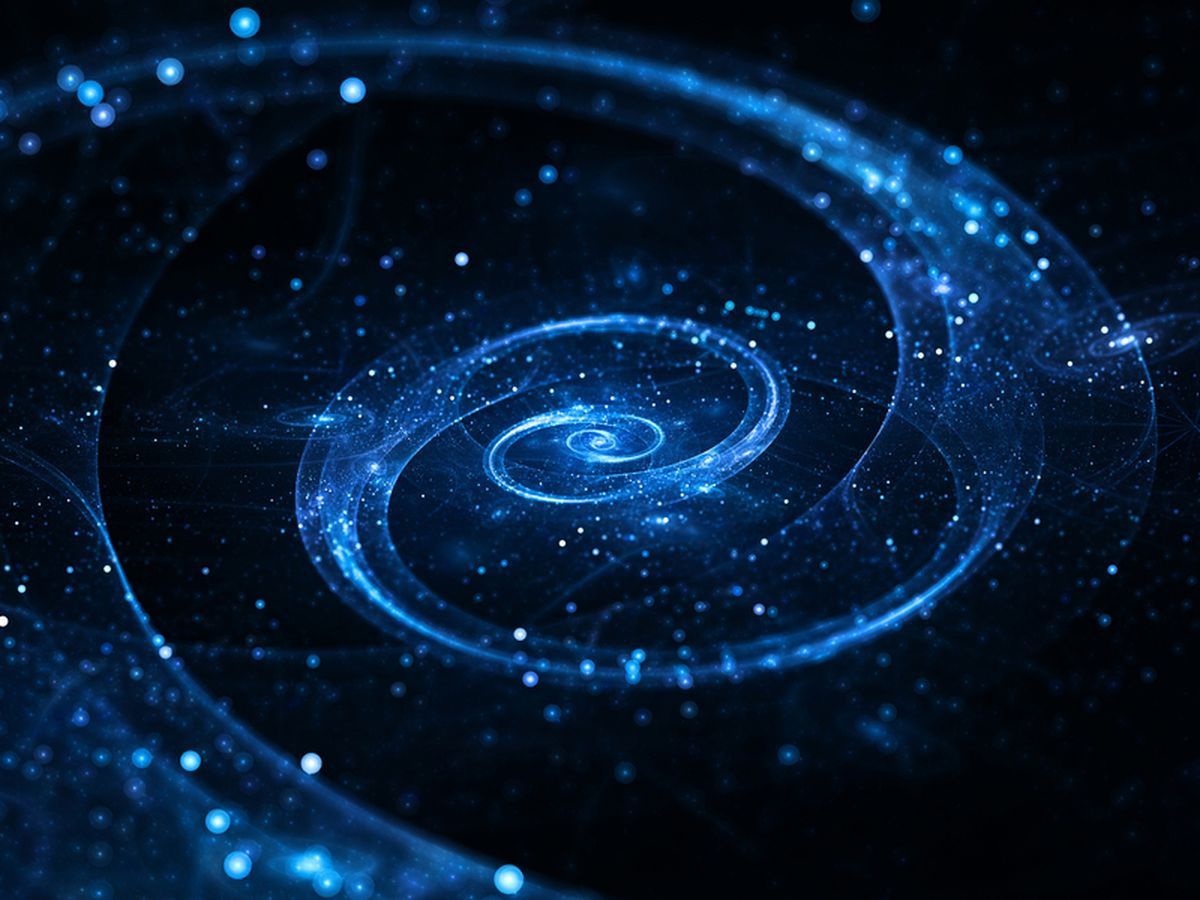China's Dark Matter 'Monkey King' Satellite Detects Evidence of Dark Matter Particles
/The Dark Matter Particle Explorer (DAMPE) satellite China launched 310 miles in space in 2015 to collect cosmic ray data just picked up something extraordinary.
While hunting for traces of dark matter in the universe, the satellite nicknamed "Wukong" or "Monkey King," detected a huge spike of unknown matter.
Fan Yizhong, deputy chief designer of DAMPE's scientific application system, added that the spike was highly unusual. “The signals might have originated from either dark matter or pulsars,” he said.
Chinese Academy of Sciences' scientists have been recording the DAMPE satellite's findings for two years now and have measured over 3,500,000,000 high energy particles. This is the first anomaly in their electron and positron data spectrum. They are very excited but careful to not overreact to their discovery, waiting for higher probability scores from further analysis to confirm their expectations.
Why is this Important?
Basically, out of the 100% of the matter in the universe, we can only actually see ~5% of it. Then ~27% is "dark matter" that we cannot see but know exists because we can measure its gravitational influence. The last ~68% is the mysterious "dark energy" supposedly expanding everything in the universe.
A main dark matter theory is that whatever it is can decay into some matter we can see: electrons, positrons, photos, etc. So this is what China's "Monkey King" DAMPE satellite has been scanning for.
Since scientists have painstakingly searched for hard proof of dark matter for decades with only failure after failure, you can see why this long-awaited little "blip" in the data is actually a huge deal.
The latest findings were published in Nature and show the spectral break at 0.9 TeV (tera-electron-volts) and a potential spike at 1.4 TeV. This discovery helps fine-tune the parameters for future models of cosmic phenomena like pulsars, supernovas, and dark matter.
In other words, they found visible particles of an invisible needle in the universal haystack and using those to help find evidence of more invisible needles.
"Together with data from the cosmic microwave background experiments, high energy gamma-ray measurements, and other astronomical telescopes, the DAMPE data may help to ultimately clarify the connection between the positron anomaly and the annihilation or decay of particle dark matter," Fan Yizhong, said in a statement.
"DAMPE has opened a new window for observing the high-energy universe, unveiling new physical phenomena beyond our current understanding," Chang Jin, chief scientist of DAMPE, told Xinhua. "Our data may inspire some new ideas in particle physics and astrophysics. We never expected such signals.”
So this could propel scientists beyond the bounds of previous limitations. They could have the means to find and interact with the invisible matter of our universe. The potential implications and opportunities are indeed intriguing.
Chang continued: “The spike might indicate that there exists a kind of unknown particle with a mass of about 1.4 TeV. All the 61 elementary particles predicted by the standard model of particle physics have been found. Dark matter particles are beyond the list. So if we find a new elementary particle, it will be a breakthrough in physics. Even if they were from pulsars, it would be quite a strange astrophysical phenomenon that nobody had known before.”
But for now, the team will just keep logging cosmic ray data to increase their accuracy.
“So far, we are 99.99 percent sure this spike is real, but we need to collect more data. If the statistical probability exceeds 99.99994 percent, it will be a groundbreaking discovery in particle physics and astrophysics,” Chang said.
Even if this new data doesn't solve the dark matter question, astrophysicist at Princeton University David Spergel says, "These measurements will inform our understanding of cosmic ray acceleration [and] will tell us about the physical processes in shocks around supernova and the physics of pulsars."
And then what? I can't wait for someone will invent a device that can see dark matter and reflect that onto a human's brain so we can "see" the rest of the universe. Well, until then keep exploring outside the box.
Sources:
https://uk.news.yahoo.com/china-detects-weird-space-signals-135544032.html
http://www.sciencemag.org/news/2017/11/china-s-dark-matter-space-probe-detects-tantalizing-signal
http://news.xinhuanet.com/english/2017-11/30/c_136788775.htm
























